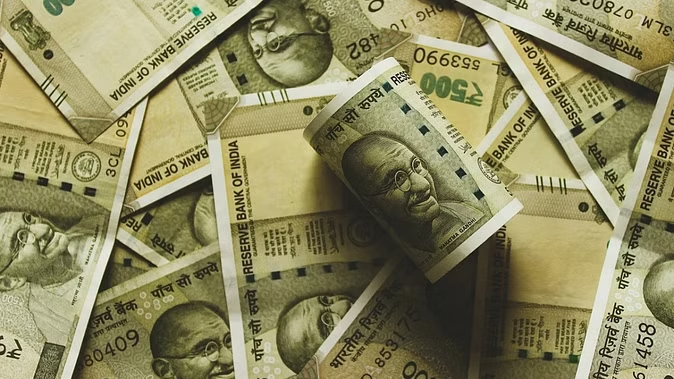The festive season is about to start. Given this, many big e-commerce platforms have made full preparations for a bumper sale. This is being widely publicized in newspapers, social media platforms, and TV ads. You must have noticed one thing in these sales from flagship phones to many other smartphones, they are sold at lower prices than usual. In such a situation, this question must have arisen in your mind when these companies sell smartphones at a lower price than normal, do they not incur losses? After all, what is the reason behind this? Today, through this news, we are going to tell you about the marketing strategy hidden behind the curtain, with the help of which these companies earn huge profits by influencing customer decisions accordingly.

Price Anchoring Trap
The price anchoring trap is a vicious marketing strategy. In this, these platforms first hook the customer at a particular price. After that, they sell that product by increasing the price as per their requirement. Let us understand it this way. Suppose your budget is Rs 40 thousand. Before the start of the sale, you were told that you would get a phone worth Rs 70 to 80 thousand for Rs 48 thousand. In such a situation, you thought let's spend 8 thousand more rupees and buy this phone.
The sale starts and the price of that phone reduces to Rs 48 thousand, but as soon as the price of that phone reduces you go to place the order. Just like that, the website crashes and the order doesn't get booked. After some time, when the website becomes fine again and orders start being booked again, the price of that smartphone increases from Rs 48 thousand to Rs 52 thousand. In such a situation, the consumer tries to book that phone again. If luck is right, the smartphone gets booked. If not, then the same process continues again and the price of the phone increases to Rs 54 or 56 thousand.
In such a situation, a customer whose budget was Rs 40 thousand. He was first hooked on the price of that smartphone. After this, the price of that smartphone was increased to Rs 54 or 56 thousand. This is called price anchoring. In this, FOMO (Fear Of Missing Out) is first created in the mind of the consumer regarding the product. Based on that, the customer whose budget was Rs 40 thousand. That phone is sold to him for Rs 54 or 56 thousand. Through this clever trick in marketing, these companies influence the consumer's decision as per their wish.
The thing to note is that the price at which the smartphone was claimed to be sold before the sale started. Very few people can place an order for a smartphone at that price. Not only this, but many times people have placed orders for smartphones at that price. The company also cancels those orders. If you are planning to buy a smartphone in this sale. In such a situation, you need to know about this.
In the festive season, online bumper sales are hurting your pocket, knowing this truth will blow your mind.
Now the question is why do these companies sell smartphones costing Rs 70 to 80 thousand at the time of sale for Rs 50 to 60 thousand? For your information, let us tell you that smartphone companies launch new flagship models of their mobile phones every year. When a new model is launched, many times people do not buy the old model. In such a situation, the sale run on these e-commerce platforms is a great platform for smartphone manufacturing companies to liquidate old stock at a cheaper price. For this reason, many expensive smartphones are sold at very low prices in the sale.
Promotion and Marketing
The purpose of these sales running on e-commerce platforms is to attract a large number of customers. In such a situation, many smartphone companies and retailers reduce the price of their smartphones to promote them.
(PC: iStock)










